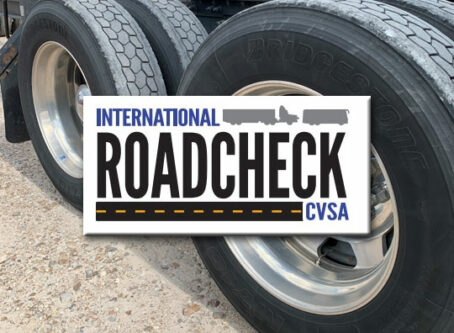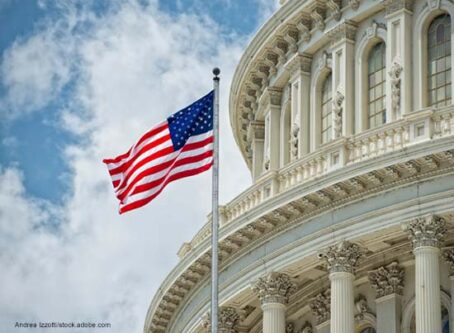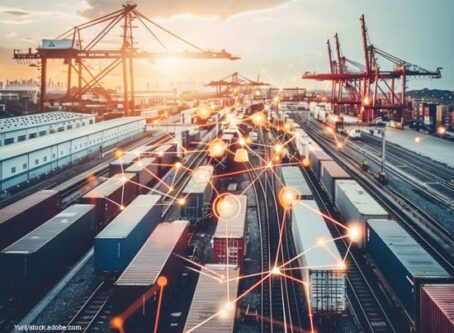Seattle port drivers granted more time to comply with Clean Truck Program
Truckers who operate at the ports of Tacoma, Seattle and Vancouver will be given an extra 12 months to comply with emission regulations established in 2008. Earlier this week, port drivers threatened to strike as the 90-day grace period on the original deadline date of Jan. 1 approaches.
Last week, flyers calling for a walkout on Tuesday, Feb. 6, were being distributed to port drivers. The flyer mentioned that port commissioners were meeting “to vote to deny us access to the terminal if we don’t comply with their unfair, illegal and discriminatory clean truck program.” The flyer also claimed that “More than 2000 drivers will lose their job by April 1, 2018 unless we fight it as never before.”
Their voices were heard.
On Tuesday, the Northwest Seaport Alliance voted to makes changes to the Clean Truck Program. Essentially, the April 1 deadline to have a 2007 engine or newer or equivalent emissions retrofits remains in effect. However, a driver with a noncompliant truck can continue to access terminals after applying for a temporary port access pass.
Some conditions apply.
To start, drivers must commit to be compliant by the end of the year. Starting Jan. 1, 2019, all noncompliant truckers will be denied access to NWSA international container terminals. Second, applications will be available by March 1, but must be completed by April 1.
According to a statement issued by NWSA Co-Chairs Courtney Gregoire and Don Meyer, the alliance has authorized $1 million to a not-for-profit lender, which will create a $5 million to $6 million loan fund. That fund must be approved by the Washington State Legislature.
Gregoire and Myer pointed out that they made a commitment to maintain maritime industrial jobs as well as a commitment to do what is best for the communities they serve.
“Those commitments are why the NWSA commissioners unanimously agreed to an extension of the original clean truck deadline,” Gregoire and Myer said in a statement. “We did not take that decision lightly. We based our decision on extensive community feedback and our public service responsibility to carefully manage economic hardship, while also improving air quality and maintaining port efficiency.”
Furthermore, drivers have been assured that the new emissions standards will remain intact until at least 2025, an attempt to relieve any worries that further investments will need to be made with more upgrades in the near future.
The Northwest Ports Clean Air Strategy was enacted in 2008 in an effort to reduce diesel and greenhouse gas emissions coming from trucks entering and leaving the ports. In addition to reducing emissions in trucks, the ports and other stakeholders made similar changes in other equipment, including cargo-handling equipment, rail, harbor craft and ships.
Part of the plan of the Clean Air Strategy is to have 100 percent of drayage trucks at the ports include cleaner diesel technology, which amounts to a 2007 engine with diesel particulate filter or equivalent. As of 2010, all trucks have to be model year 1994 or newer. More than $15 million was invested by NWSA in grant funds for truck conversions. According to NWSA, more than 410 trucks were scrapped and replaced with new trucks.
The original deadline for full compliance was slated for Jan. 1, 2018. However, NWSA granted a 90-day grace period during a meeting on Jan. 16, moving the deadline to April 1.
Despite having a decade to comply with the Clean Truck Program, many port truckers have been digging in their heels, claiming the program adds an unnecessary burden to the drivers and possibly driving some out of business. By the end of 2017, only 53 percent of the 4,500 trucks operating at the affected terminals were in compliance.









